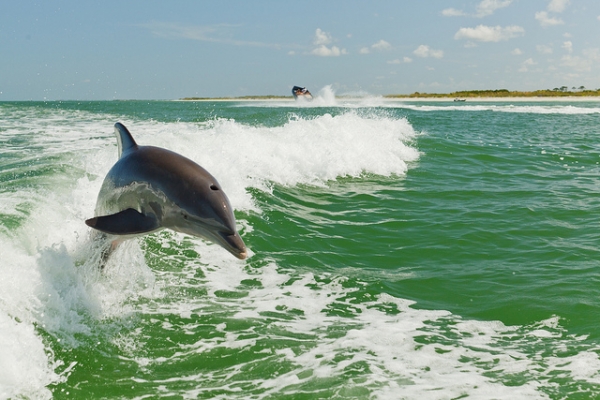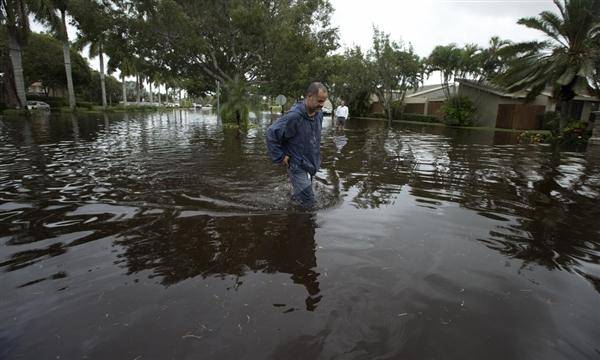
Southeast Asia, southern and East Africa and the Amazon are among areas in which multiple large carnivore species are declining.
Large predators such as lions, bears, wolves, dingoes and otters are declining across the world driven by habitat loss, persecution by humans and loss of prey, an analysis of 31 large carnivore species published today in the journal
Science shows.
More than 75 percent of the 31 species are declining, and 17 species now occupy less than half of their former ranges, the study reported.
Decline in predators means a simultaneous increase in their prey, which causes devastation of the ecosystem.Southeast Asia, southern and East Africa and the Amazon are among areas in which multiple
large carnivore species are declining. With some exceptions, large carnivores have already been exterminated from much of the developed world, including Western Europe and the eastern United States.
"Globally, we are losing our large carnivores," said William Ripple, lead author of the paper and a professor in the Department of Forest Ecosystems and Society at Oregon State University. "Many of them are endangered," he said. "Their ranges are collapsing. Many of these animals are at risk of extinction, either locally or globally. And, ironically, they are vanishing just as we are learning about their important ecological effects."
The researchers reviewed published scientific reports and singled out seven species that have been studied for their widespread ecological effects. This includes African lions, leopards, Eurasian lynx, cougars, gray wolves, sea otters and dingoes.



Comment: Oct. 15, 2013: Philippines earthquake kills 32, injures 100s
100 sinkholes found in Philippines Bohol province after quake